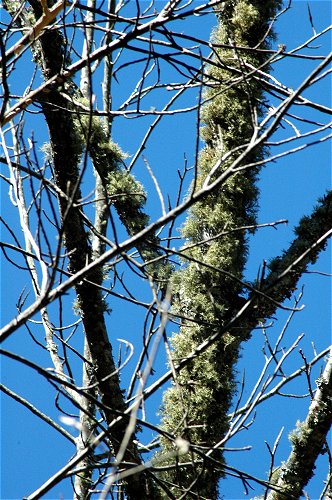Multi-disciplinary Investigations
The strength of AFERP is providing an in-the-field laboratory for multi-disciplinary investigations and collaborative opportunities.
Below are brief descriptions of the various studies conducted on AFERP research areas. For more information regarding a specific study click on “More Info” link.
Downed Woody Debris More Info
Both harvesting treatments increased the volume and biomass of non-decayed, small-diameter downed woody debris (i.e., logging slash), with the 20% treatment showing a greater increase than the 10% treatment and both treatments showing greater increases than the control.
Vegetation and Tree Regeneration More Info
Total plant cover was greatest in harvest gaps (34.9% mean cover per gap) and least under the closed canopy (10.6% mean cover per gap).
Stand Structural Complexity More Info
Early results of stand structure simulations to test a Stand Complexity Index (SCI) and other structural models indicate that the SCI is inadequate in its current form to separate low-density, uneven-aged stands with “high” amounts of observed forest structure from high-density, even-aged stands with “low” amounts of observed forest structure.
Terrestrial Amphibians More Info
Results suggest that harvest gaps, especially small gaps, provided habitat analogous to natural gaps for some amphibian species.
Arthropods More Info
Through the 2002 field season, 42 species had been identified, five of which were previously unknown to science.
Epiphytes & Arthropods More Info
Epiphytes and arthropods play important roles in forest ecosystems and are important sources of biodiversity. Findings suggest a diverse arthropod community that exploits different characteristics of the arboreal habitat and exhibits varied responses to harvest gaps. This study was the first to identify Diptera as a major component of the arboreal community.
Bird Communities More Info
No significant changes in community composition, species richness, or density of bird populations were detected. This lack of response may result from the small size of the treatment areas, from the relatively narrow range of the gap sizes created (110 – 2170 m2), or from the use of retention trees in the harvested gaps.
Spatial Analysis More Info
AFERP is using a sampling design to capture explicit spatial pattern of fine-grain forest attributes, like density of tree reproduction, deadwood, and light availability. This data will be used to generate spatial models for predicting the pattern of tree reproduction density and amphibian habitat.









